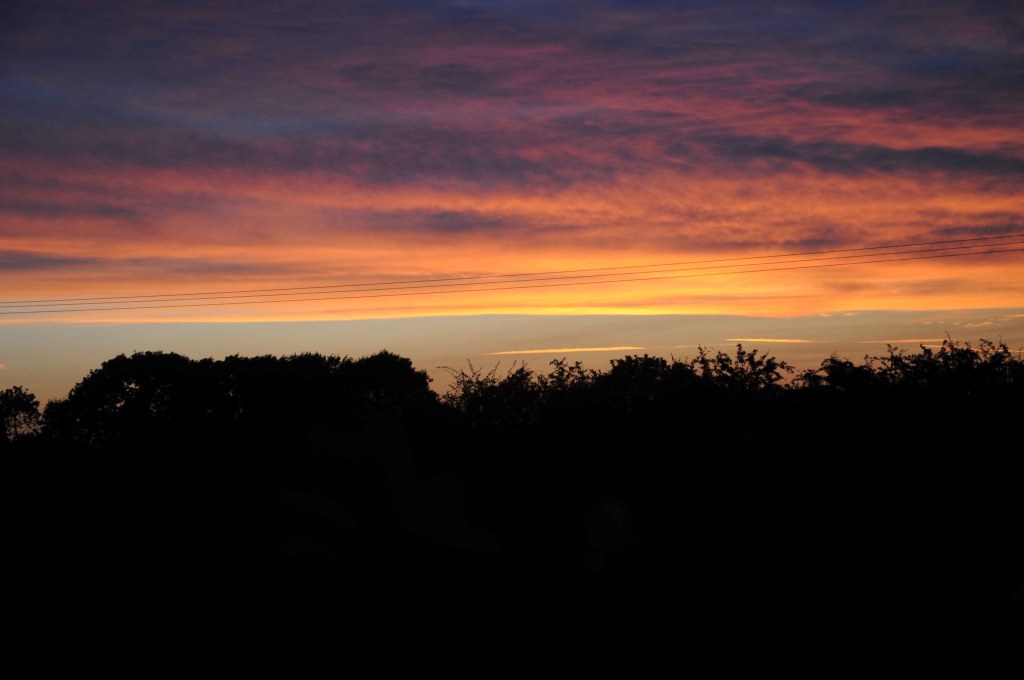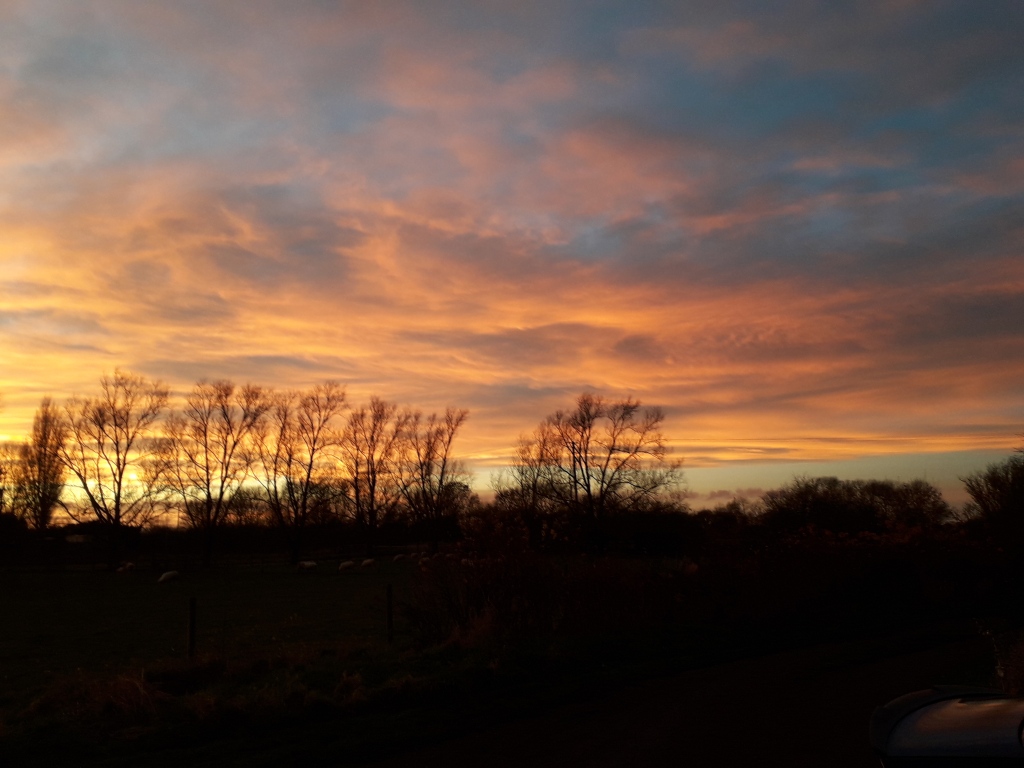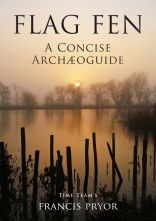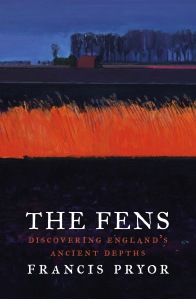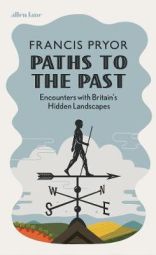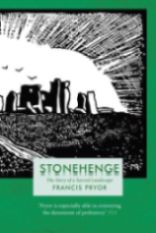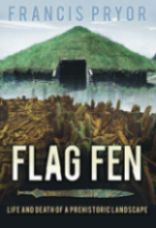I’ve spoken to lots of people in the area and in these very worrying and unstable times, we all agree on one thing: that it has been the wettest late autumn anyone can recall. Sometimes I then mention that the extraordinary rainfall and high winds are a result of climate change, but nobody seems to want to take the conversation in that direction – and I suspect it’s because it just seems to lead to gloom. Most normal people have done what they can to cut down on carbon emissions. We’ve covered the house and barn with solar panels, and we drive a hybrid car, but nobody wants to discuss such things any more: we’ve all done what we can and that’s that. But politicians just don’t seem to get it. Why don’t they just shut up and DO something positive? To hear them talk you’d think it was them who built the huge turbine and solar farms. But it wasn’t. I remember one of the Trustees of the Fenland Archaeological Trust, who ran Flag Fen, was also a Director of the large energy company that built the Fengate Power Station. They were a very enlightened company who gave us tens of thousands of pounds to investigate the Bronze Age post alignment as it reached the Peterborough ‘shore’, having crossed the marsh of Flag Fen. Sadly, Richard Rigg is no longer with us, but after finishing the Fengate Power Station (and while still a Trustee of Flag Fen) he then supervised the construction of a vast array of turbines in the North Sea – I think it was then the largest in the world. Dear Richard was one of the most unassuming, modest men I have ever met, but his contribution to ameliorating climate change was truly mind-boggling. So, my New Year’s Resolution will be to judge people by their deeds, not their words. But enough ranting. It’s Christmas: a time to be pleasant, even if the ubiquitous jingling music drives me almost potty.
I just mentioned Richard Rigg’s huge marine wind farm, but useful deeds don’t necessarily have to be such vast achievements. Everyone has to start somewhere, and I love to see people with the guts and imagination to do something unusual. Over half a century ago I thought I might become a brewer and joined the family brewery, Truman’s, in Brick Lane, at the heart of London’s East End. I met some amazing people there, but soon realised that running a successful company was about far, far more than just beer and drinking. So, sadly, I moved on. But I have always had a very soft spot for people in that particular trade. So I was delighted when we met a young man with his own stall at the Holbeach Sunday Farmers Market who had set-up a cider-making business, just across the county line, in Norfolk. Oliver Mann’s cider was delicious, so I was delighted to discover that he was interested in using some of the older traditional varieties in our orchard. He came and collected them on November 14th. I thought he might climb up into the trees, or use ladders, but he didn’t: he gave them a good shaking and then picked the apples up off the ground. The grass in our orchard is quite long, so the fruit wasn’t bruised much. He was very happy with the size of the yield and the quality of the apples. Eventually he left with a van-full. I can’t wait to taste the cider!
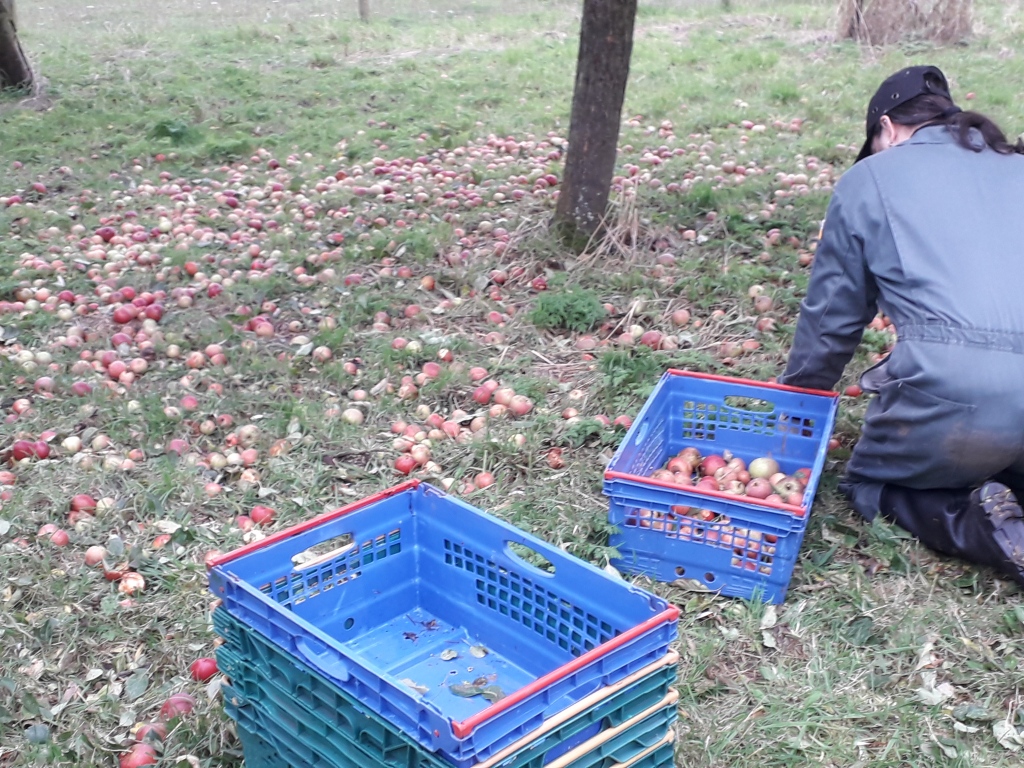

I have to confess that the garden is not looking terribly neat-and-tidy, largely because most of the flower beds are waterlogged, and especially around the lawn edges which now resemble small horticultural canals. Maisie’s getting quite worried about being able to start rose-pruning after Christmas – it’s a job that can’t be put off merely because the plants are protruding through inland lakes: delayed pruning in the winter means a late flowering in the summer and autumn – something that visitors to our Open Days (in 2024 it will be September 21st-22nd) are unable to forgive.
But country gardens have other, often more subtle delights to offer their visitors. I don’t think I can recall a year when the wildlife has been more visible. Every day I see dozens of hares, roe deer and muntjac. There are jays and magpies everywhere and the bird-feeders hanging at the back of the house are covered with great tits, blue tits, long-tailed tits, sparrows, goldfinches and chaffinches. Sadly, we have seen one or two birds snapped-up by sparrow hawks who flash through the uprights of the pergola (or Poop) at what seem like supersonic speeds. But nothing seems to deter the grey squirrels. I know they’re not native to the UK and I don’t really like them, but I have to confess they can look very charming when holding a peanut and gnawing away at it. I like the way they turn slightly sideways and seem to smile at all onlookers.
I’ve long been convinced that whatever we see in the garden is dwarfed by the magnificence of the setting sun. Here are two views, the first taken in mid-August, the second in mid-December. Both were taken after prolonged wet spells – which maybe explains why the clouds reflect the sunlight so vividly. It is a huge privilege to have such a wide, flat horizon.
